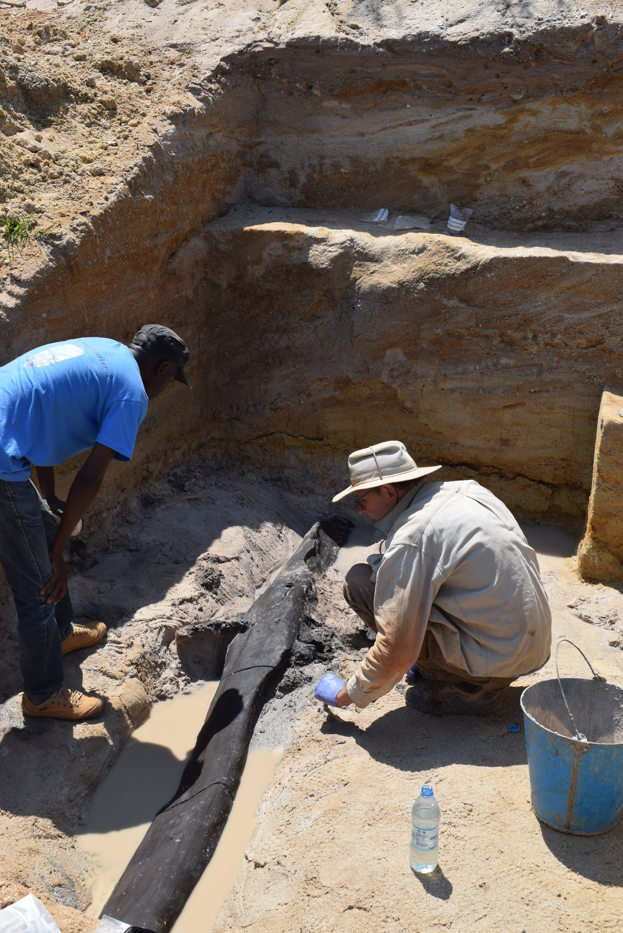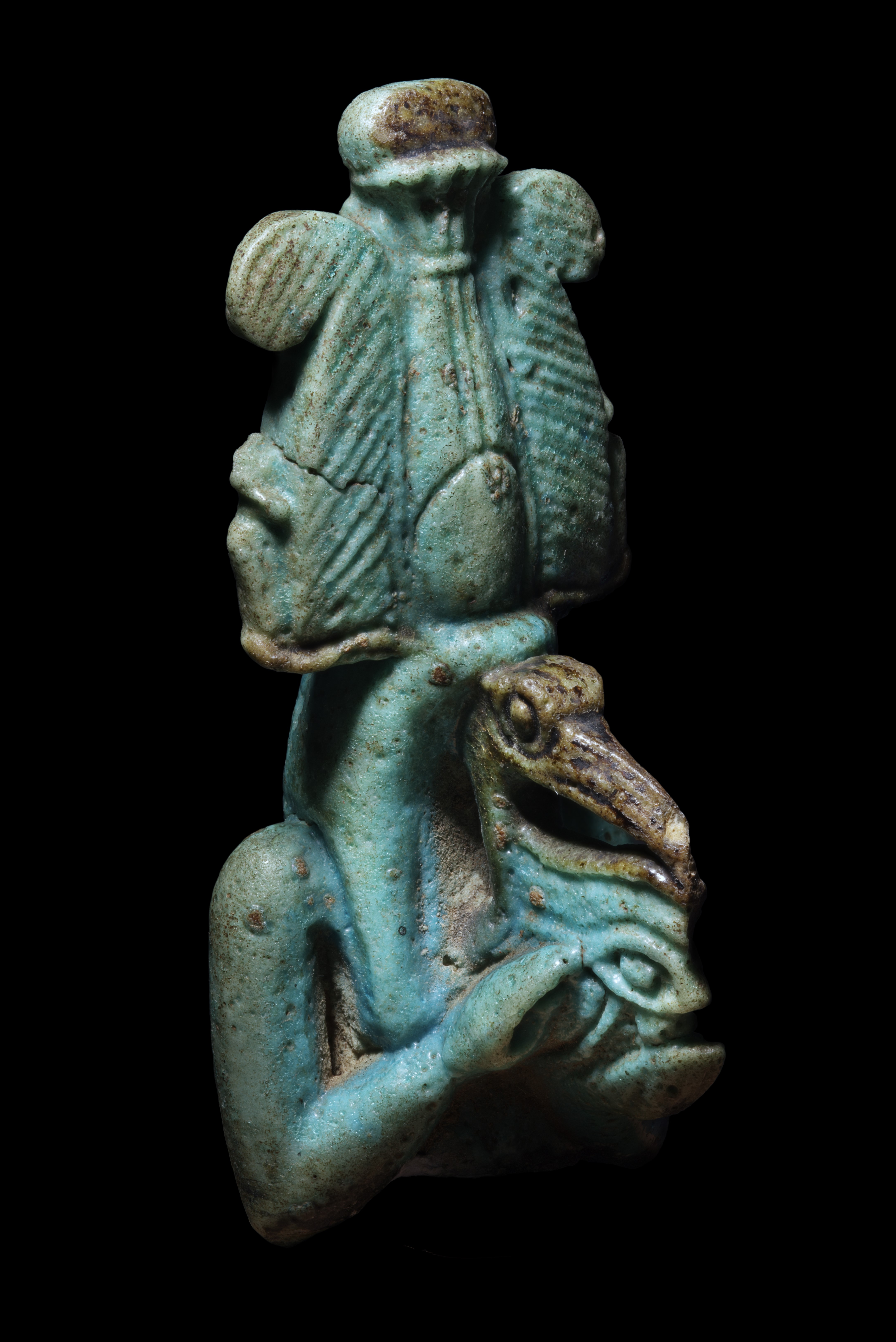
The University of Liverpool’s Department of Archaeology, Classics and Egyptology is celebrating its 120th birthday this week.
2024 marks 120 years since the Liverpool Institute of Archaeology was founded in 1904. The Institute of Archaeology was the first UK centre for the academic study of archaeological method and practice, Classical Archaeology, and Egyptology, meaning Liverpool played an important role in moving archaeology from a hobby of the gentry class to a scientific discipline.
The department continued as a pioneer of scientific method, renaming itself the Department of Prehistoric Sciences and Archaeology in 1975. The following year, the department attracted internationally renowned archaeological scientist Dr Joan Taylor to Liverpool, known for her analyses of Bronze Age gold, to the Rankin Lectureship in European Prehistory.

Dr Joan Taylor (1940–2019) left; Professor Liz Slater (1946-2014) centre; Dr Ceren Kabukcu teaching in the microscope lab (images © Department of Archaeology, Classics and Egyptology, University of Liverpool)
The department is now home to the Elizabeth Slater Laboratories, named after the University’s first female Professor of Archaeology in 1991. These state-of-the-art laboratories are focused on ancient diet (archaeobotany and isotopes) and materials science (the analysis of ancient materials) making them one of the best facilities in the UK for archaeological science.
The Department of Archaeology Classics and Egyptology (ACE) continues to make groundbreaking archaeological discoveries. Last year, Liverpool archaeologists, with academics from the Aberystwyth University, discovered the world’s oldest wooden structure in Kalambo Falls, Zambia, showing that people in Africa were building structures 470,000 years ago.

ACE is also home to the Garstang Museum, in 14 Abercromby Square, named after the first Professor of Archaeological Method and Practice, John Garstang. The Museum forms an important part of teaching and research at the University of Liverpool, and regularly hosts public exhibitions. It is open to the public on Wednesdays and Thursdays between 10 am-4 pm.
Dr Rachel Pope, Archaeology Lead at Liverpool said: “We’re delighted to be celebrating 120 years of Archaeology at Liverpool. I’m proud to say that today our department is focused on field-leading research, teaching across 7 million years of human and social evolution.”
To mark 120 years of Archaeology at Liverpool, the department would like to invite you to the Creatures of the Nile exhibition at the Victoria Gallery and Museum, which runs until 5th October. Keynote lectures, on the theme of ‘archaeological method and practice’ will also be advertised across the anniversary year.

Amulet of the god Thoth, who took the form
of a human man with the head of an ibis
bird in the Creatures of the Nile display.